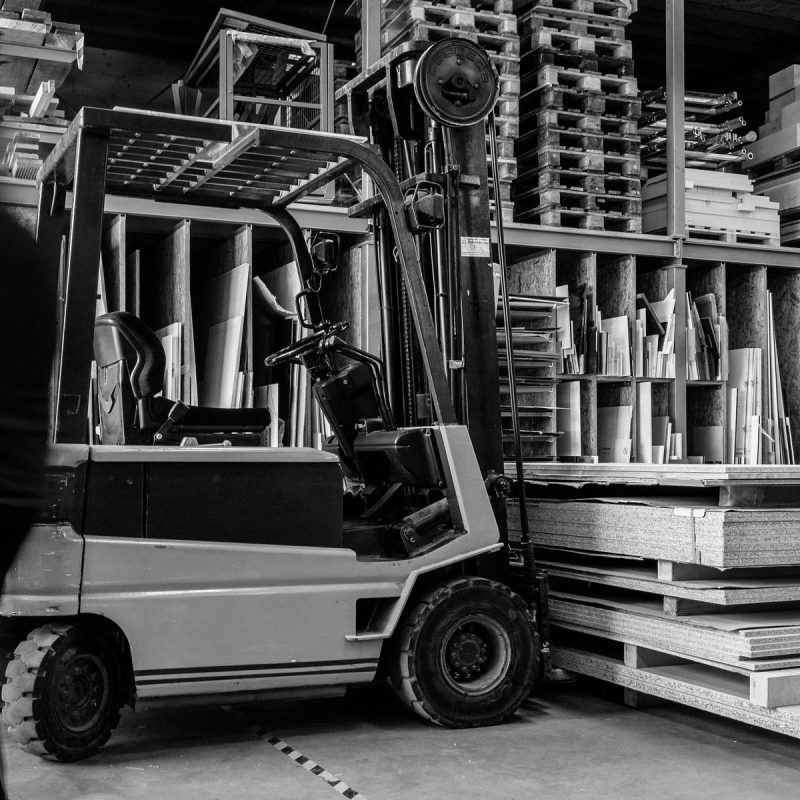Our Services
FF&E Procurement
FFE procurement is essential for projects such as office fit-outs, hotel renovations, restaurant openings, and residential interior design projects. Effective FFE procurement ensures that the project’s interior spaces are furnished with appropriate and high-quality items that align with the overall design vision and client requirements.
FFE items are typically non-structural elements that enhance the functionality, aesthetics, and comfort of a space. Examples include chairs, desks, lighting fixtures, curtains, artwork, kitchen appliances, and other movable items.

The FFE procurement process involves several steps:
Procurement and logistics excellence that drives growth and efficiency.
Construction Procurement
Effective construction procurement management is crucial for project success. It helps control costs, reduces the risk of delays and disputes, and ensures that the right resources are available at the right time to complete the project efficiently.
Different procurement methods, such as traditional design-bid-build, design-build, and construction management at-risk, can be employed based on the project’s complexity and specific requirements.
Construction procurement companies play a crucial role in helping construction firms and project owners navigate the complexities of procurement processes, which can often be time-consuming and resource-intensive. By outsourcing procurement activities to specialized companies, construction firms can focus on their core competencies and achieve better cost control, risk management, and overall project success.

The key components of construction procurement management include:
Enabling your business to focus on efficient project execution.
Logistics Management
Effective logistics management is crucial for businesses to maintain a competitive advantage, reduce costs, and improve customer satisfaction. It requires a coordinated effort among various stakeholders, including suppliers, manufacturers, distributors, retailers, and transportation providers.
The use of advanced technologies, such as transportation management systems (TMS), warehouse management systems (WMS), and supply chain analytics, has become increasingly important in modern logistics management to optimise operations and make data-driven decisions.





